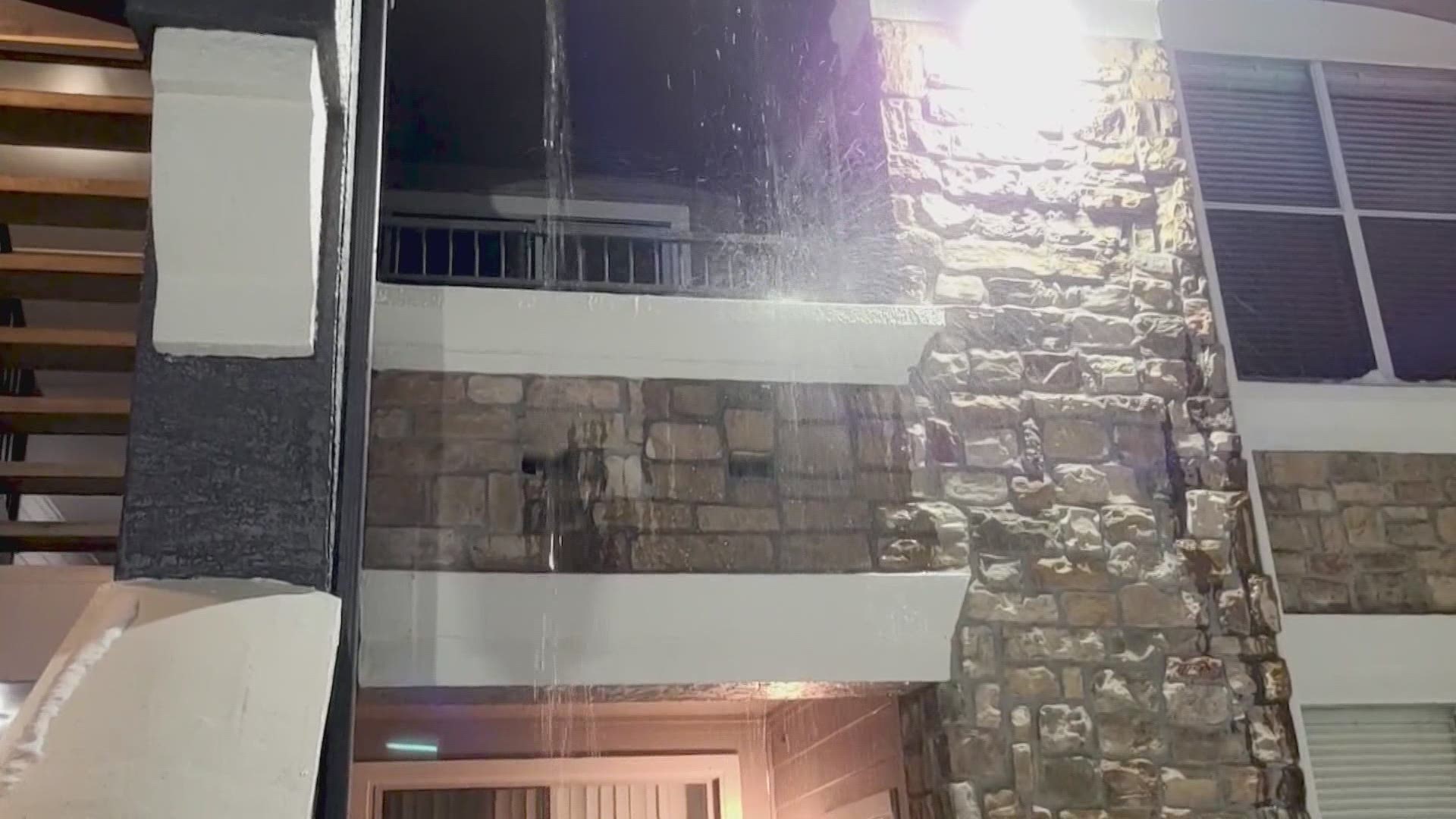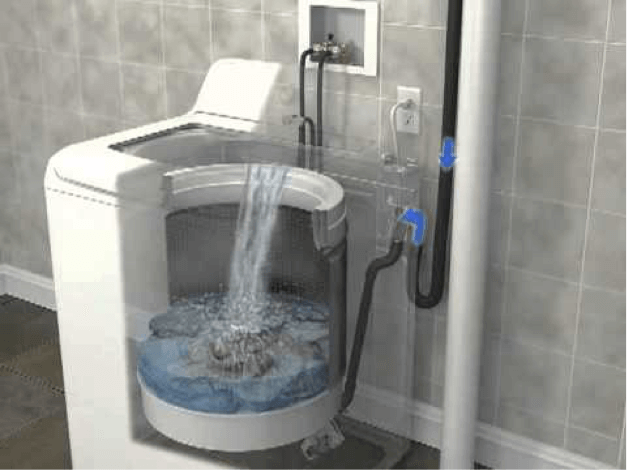This post in the next paragraphs on the subject of What to Know Before Installing a Dishwasher is exceptionally motivating. Have a go and make your own personal assumptions.

A burst pipeline is a major emergency; you can just stand as you enjoy water you pay very much to rejoin with the earth. In worse cases, you see a swimming pool on your cooking area floor, which is a terrific trip threat, specifically if you have kids around. If the pipe that burst remained in your wall surfaces, problem: you may require to paint that entire section.
Just how can a tragedy like a ruptured pipe be prevented and also handled? Well, by listening to your specialist emergency plumbing professionals as well as complying with these rules.
Just how do I know when my pipelines have burst?
Rising and fall water stress
Pipes do not simply burst in a day. You might have noticed that your cooking area faucet or shower doesn't run quickly when you transform the tap. It may pause for a few secs and after that blast you with even more force than common.
In other circumstances, the water may appear normal in the beginning, then drop in stress after a few seconds.
Polluted water
Many people presume a ruptured pipe is a one-way electrical outlet. Quite the contrary. As water drains of the hole or gash in your plumbing system, pollutants locate their way in.
Your water might be contaminated from the source, so if you can, examine if your water tank has any type of troubles. Nevertheless, if your alcohol consumption water is supplied as well as detoxified by the city government, you must call your plumber right away if you see or scent anything funny in your water.
Puddles under pipes and sinks
When a pipeline ruptureds, the outflow develops a pool. It may appear that the pool is expanding in dimension, and regardless of the amount of times you wipe the puddle, in a few mins, there's an additional one waiting to be cleaned. Typically, you might not have the ability to trace the puddle to any type of noticeable pipelines. This is an indicator to call a professional plumber.
Wet walls and water spots
Prior to a pipeline bursts, it will leak, a lot of times. If this relentless leaking goes undetected, the leakage might finish right into a vast gash in your pipe. One easy way to avoid this emergency is to look out for wet walls ad water stains. These water stains will lead you right to the leak.
Untraceable dripping noises
Pipe ruptureds can take place in one of the most undesirable areas, like within concrete, inside wall surfaces, or under sinks. When your home goes quiet, you may have the ability to hear an aggravatingly consistent trickling noise. Also after you've examined your shower head as well as kitchen faucet, the dripping might continue.
Beloved reader, the leaking may be originating from a pipe inside your wall surfaces. There isn't much you can do regarding that, except inform an expert plumber.
Show up the Warm
Establish fans to blow heat into cool areas. Maintain the garage door closed. If you have reduced water circulation, warm the most vulnerable pipelines (generally in cellars and also crawl spaces or near outside walls) with a hair clothes dryer. Leave the tap on while you apply warm. As you melt ice, the flow will certainly boost. To stop pipelines from cold, shield your walls.
Begin Eliminating the Water
Get the wipe, pails and also a store vacuum cleaner to start to eliminate the water since you definitely do not desire it saturating right into everything else in your house. Plus, a fast tidy up will certainly lower the chances of something getting musty.
What do I do when I identify a ruptured pipe?
Your water meter will continue to run even while your water wastes. To reduce your losses, discover the primary controls as well as transform the supply off. The water pipe are an above-ground framework at the edge of your residential property.
How to Fix & Detect a Leaking Pipe
How Do I Know if a Pipe is Leaking?
Leak detection tests can help you determine if your pipe has a leak. Even if you don’t see an apparent leak, you should still conduct leak detection tests regularly to save water and money—and prevent major damage to your home.
- Water meter. It can be helpful to figure out what your usual water meter usage numbers are and then monitor them regularly. To monitor your meter, first, turn off all water faucets in your home. Check the meter and write down the numbers. In a few hours, check the meter again. If the numbers have changed, you have a leak.
- Water gauge. Use a water gauge to test your water pressure. Your showerhead should produce a certain amount of water pressure based on its model and design. If the pressure is lower than it is supposed to be for that specific showerhead, your home likely has a leak.
- Puddles. Look inside your bathroom, laundry, and kitchen sink cabinets. Puddles around the cabinets or around toilets, tubs, showers, and washing machines indicate the presence of a leaking pipe. You may also notice loose tiles, peeling or flaking paint, or mold caused by water accumulation.
- Napkin test. Even if you don’t see any puddles, you may still have a leak. You can test for water leaks in the bathroom, laundry, and kitchen by wiping below-sink connections with a napkin, paper towel, or piece of toilet paper. If it becomes damp, you probably have a leaking pipe under the sink.
- Discolored walls. Walls that are discolored—usually with brown or yellow stains—or bulging might mean that they have been impacted by water damage caused by a leaking pipe.
- Smell. A leaky pipe will create sitting water, and over time, that water may develop a musty smell. If your home smells musty, but you can’t locate the source, it may be due to a leak.
Steps for Fixing a Leaking Pipe
- A leaky drain can be remedied by tightening the pipe base, replacing the drain seal, caulking the rim, and tightening the pipe nut.
- Similarly, a leaking toilet pipe can be treated by tightening the packing nut. You may also need to replace the valve.
- A leaky faucet may just need tightening or replacement of the washers. If that doesn’t work, consider replacing your faucet.
- If your pipe has a hole in it, you may want to use a pipe leak sealer or pipe leak tape. This quick fix for water pipe leaks can also temporarily fix a copper pipe leak.
https://www.ahs.com/home-matters/quick-tips/how-to-tell-if-pipes-are-leaking/

I ran across that page about How to Prepare for Your Dishwasher Installation when exploring the search engines. If you liked our blog post if you please remember to pass it around. Thanks a lot for your time. Kindly come by our site back soon.
Book Your Installation
Comments on “Quick Guide: Identifying as well as Repairing Ruptured Pipes in your house”